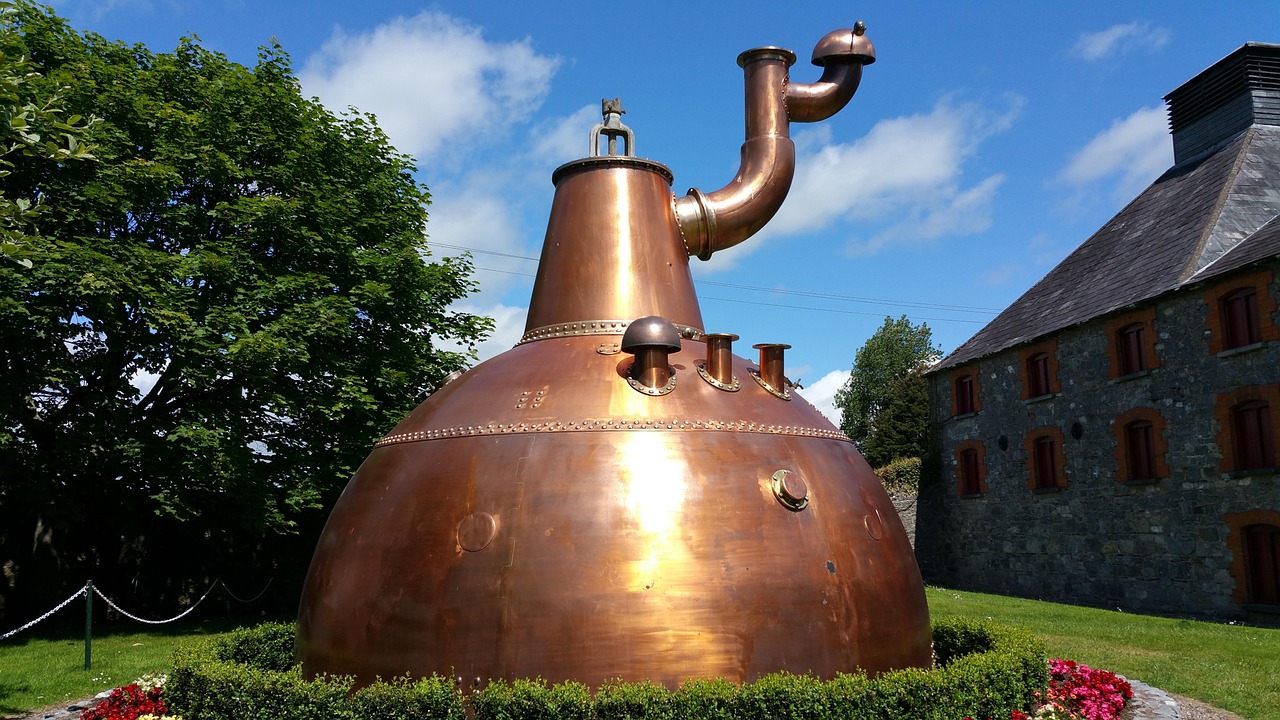5 Essential Steps for Tasting an Irish Whiskey
Preparation
Before you begin tasting, take a moment to set the scene — whiskey tasting is as much about the atmosphere as it is about flavour. Find a quiet space, free from strong smells or distractions. A good place to start is by placing a glass of water by your side. Some whiskeys, especially those bottled at cask strength, can be quite potent, so staying hydrated is key. You can also use the water to dilute the whiskey slightly, helping you uncover hidden aromas and softer notes.
Next, make sure you have the right glass. The Tuath or Glencairn glass are classic choices for Irish whiskey. Their tulip shape helps concentrate the aromas at the top, allowing for a more nuanced tasting experience. However, if you don’t have one, a simple tumbler will do — the essence of tasting lies more in mindfulness than in tools.
Take a deep breath and prepare your senses — sight, smell, and taste — to work together in harmony.
Observe
The first real step is observation. Gently pour your whiskey and hold the glass up to the light. Take a moment to admire the colour — it’s often the first clue to the whiskey’s age and cask type. Shades range from pale gold to deep amber. A darker tone can hint at a longer aging process or the influence of sherry or charred oak barrels.
Now, swirl the glass slowly. Watch how the liquid coats the sides and forms streaks — often called the “legs.” The thicker and slower they fall, the richer and oilier the whiskey is likely to feel in your mouth. This simple act of looking already tells you a lot about what’s to come.
Nosing
Once you’ve admired its colour, move on to the nose — perhaps the most revealing step of all.
Lift the glass gently by the stem and bring it towards your nose. Take a first sniff with your mouth closed, then another with it slightly open. This helps balance what your nose and mouth perceive together.
You might first notice a wave of sweetness, like honey, vanilla or caramel. Then perhaps fruitiness — apples, pears or dried figs. With time, you’ll detect deeper layers: spices, wood, smoke or even a hint of chocolate. There’s no right or wrong answer — each nose is unique, and part of the joy lies in discovering what you find.
Tasting
Now comes the highlight — tasting. Take a small sip and let it slowly roll across your tongue and cheeks. Don’t rush it; allow the whiskey to coat your palate and reveal its texture. Is it light and crisp, or full and creamy? Smooth or slightly fiery?
Try to identify the flavours as they unfold. You might sense notes of spice (like cinnamon or pepper), a nutty character, or perhaps a sweet layer reminiscent of honey or dried fruit. Some Irish whiskeys even surprise with floral or biscuity tones.
For a deeper exploration, add a drop of water. It can “open up” the whiskey, releasing hidden aromas and softening the alcohol’s sharpness. Take another sip — you’ll often find that it tastes completely different.

Finish
The finish is the whiskey’s final word — what remains after you swallow. Pay attention to how it travels down your throat. Is it smooth and gentle, or does it leave a warm, spicy afterglow?
Notice how long the flavours linger. A short finish disappears quickly, while a long one evolves on the palate, leaving traces of sweetness, oak, or even a whisper of smoke. This lingering sensation often reveals the whiskey’s complexity and craftsmanship.
Conclusion
Whiskey tasting is more than just drinking — it’s an act of discovery. Each sip invites you to slow down, observe, and appreciate the layers of work that went into every drop. Don’t worry about being “right” or “wrong” in what you sense; the goal is to connect with the experience.
So, take your time. Swirl, sniff, taste, and reflect. Add a drop of water, compare notes with a friend, and most importantly — enjoy the journey.
